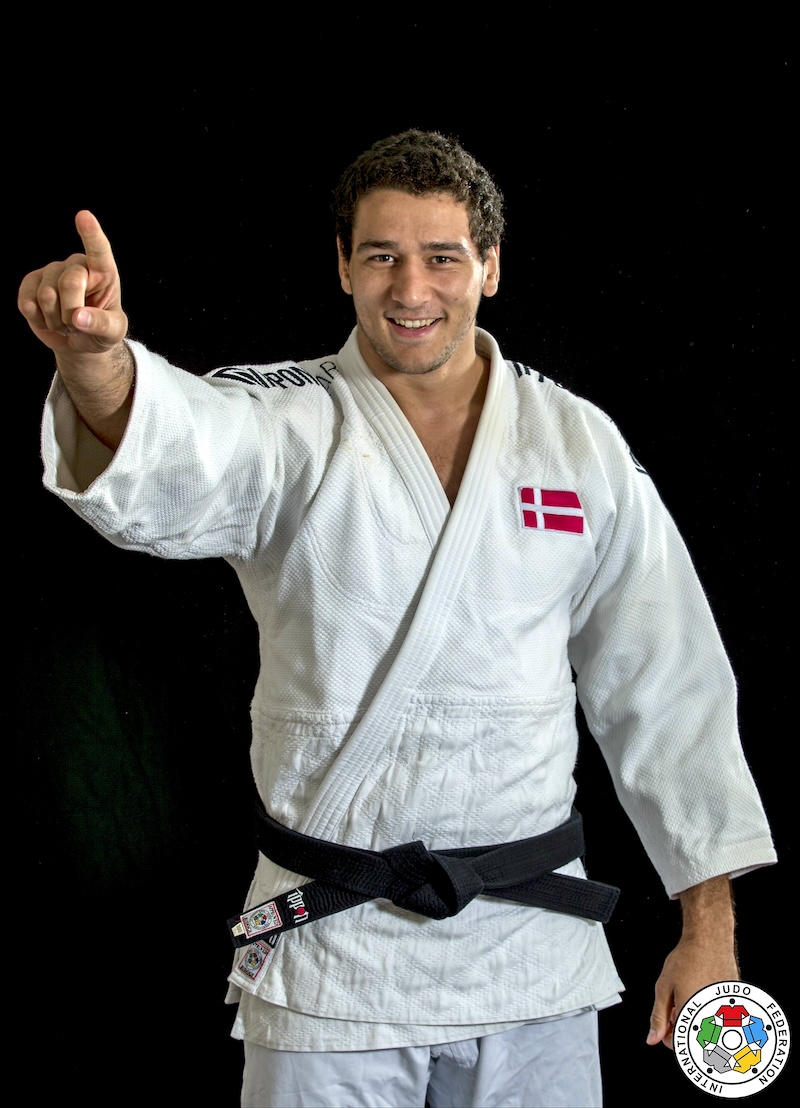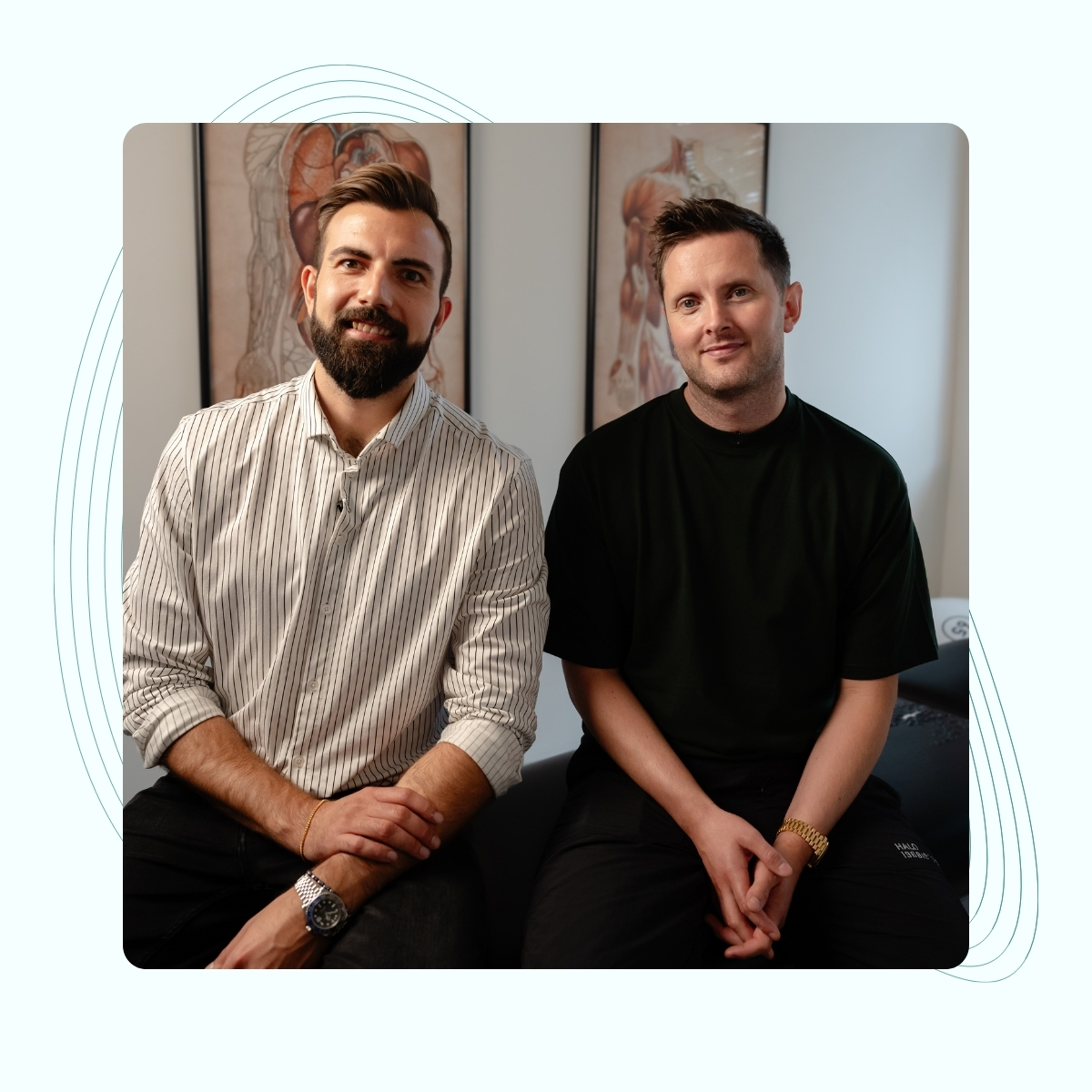We're offering
Osteopathy
Osteopathy was founded in 1872 by the American physician Andrew Still
The History of Osteopathy
Osteopathy was founded in the late 19th century by Andrew Taylor Still, an American physician who developed a hands-on approach focused on the relationship between the body’s structure and how it works as a whole.
In 1892, he established the first school of osteopathy, laying the foundation for a profession that has since developed and spread internationally. Today, osteopathy is practised in many countries around the world, including across Europe.
Osteonordic has its roots in Denmark and has grown into a network of osteopathic clinics with experience across multiple regions.
As we expand into the UK, we continue to work within the principles of osteopathy, offering calm, hands-on care shaped by a whole-body perspective.
What is osteopathy?
Osteopathy is a hands-on approach to care that focuses on how the body moves, adapts and functions as a whole. Osteopaths use touch, observation and careful assessment to understand how different areas of the body may be connected.
Rather than focusing on isolated parts, osteopathy takes a whole-body perspective, considering factors such as movement, posture and everyday physical demands. Many people seek osteopathy as a supportive approach to comfort and general wellbeing.
Osteopathic care is based on three key principles:
- Understanding the body
Osteopaths are trained in anatomy, biomechanics and how the body moves and responds to everyday life. This knowledge helps guide a thoughtful and individual approach to hands-on care. - Individual approach
Each person is different. Osteopathy places emphasis on listening, observation and adapting care to the individual, rather than following a one-size-fits-all model. - Hands-on techniques
Osteopaths use a range of gentle, hands-on techniques such as soft tissue work and joint mobilisation, applied with care and attention to the individual as a whole.

Osteopathy: Education and Professional Standards
Across Europe, osteopathic education and regulation vary from country to country. There are two main educational pathways to becoming an osteopath.
- Type 1 programmes are full-time courses, typically lasting four to five years, and are open to applicants without prior healthcare qualifications. This is the most common route in countries such as the UK, where osteopathy is taught as a standalone profession and regulated by national authorities.
- Type 2 programmes are part-time courses designed for individuals who already hold a degree in a related field, such as physiotherapy, chiropractic or medicine. These programmes are available in countries including Denmark, Iceland, Belgium and France, and often combine academic study with in-person clinical training delivered across various European locations.
In many European countries, osteopathy is a regulated profession. Regulation helps ensure that professional standards, education requirements and ethical guidelines are upheld by registered practitioners.
Depending on national regulations and professional registration, qualified osteopaths may hold protected titles such as Osteopath (D.O.).
Not sure if osteopathy is right for you?
Book a free 30-minute consultation – no strings attached
Book your free screening
Osteopathic Principles
Osteopathy is guided by a set of core principles that shape how osteopaths think about the body and approach hands-on care.
Structure and function are connected
The body is made up of many parts that work together. How the body moves and feels is influenced by its structure, just as structure can be affected by how the body is used over time. A simple way to think about this is a bicycle: if the tyres, chain or gears are not working smoothly, the ride becomes less efficient.
The body works as a whole
Different areas of the body are interconnected. Changes or strain in one area may influence how other areas move or feel. For this reason, osteopathy takes a whole-body perspective, rather than focusing on a single area in isolation.
The body is adaptable
The body is constantly responding to everyday demands such as movement, posture and physical load. Osteopathy focuses on supporting comfort and ease of movement by working with this natural adaptability, using a calm and considered hands-on approach.

Which conditions do we see most often?
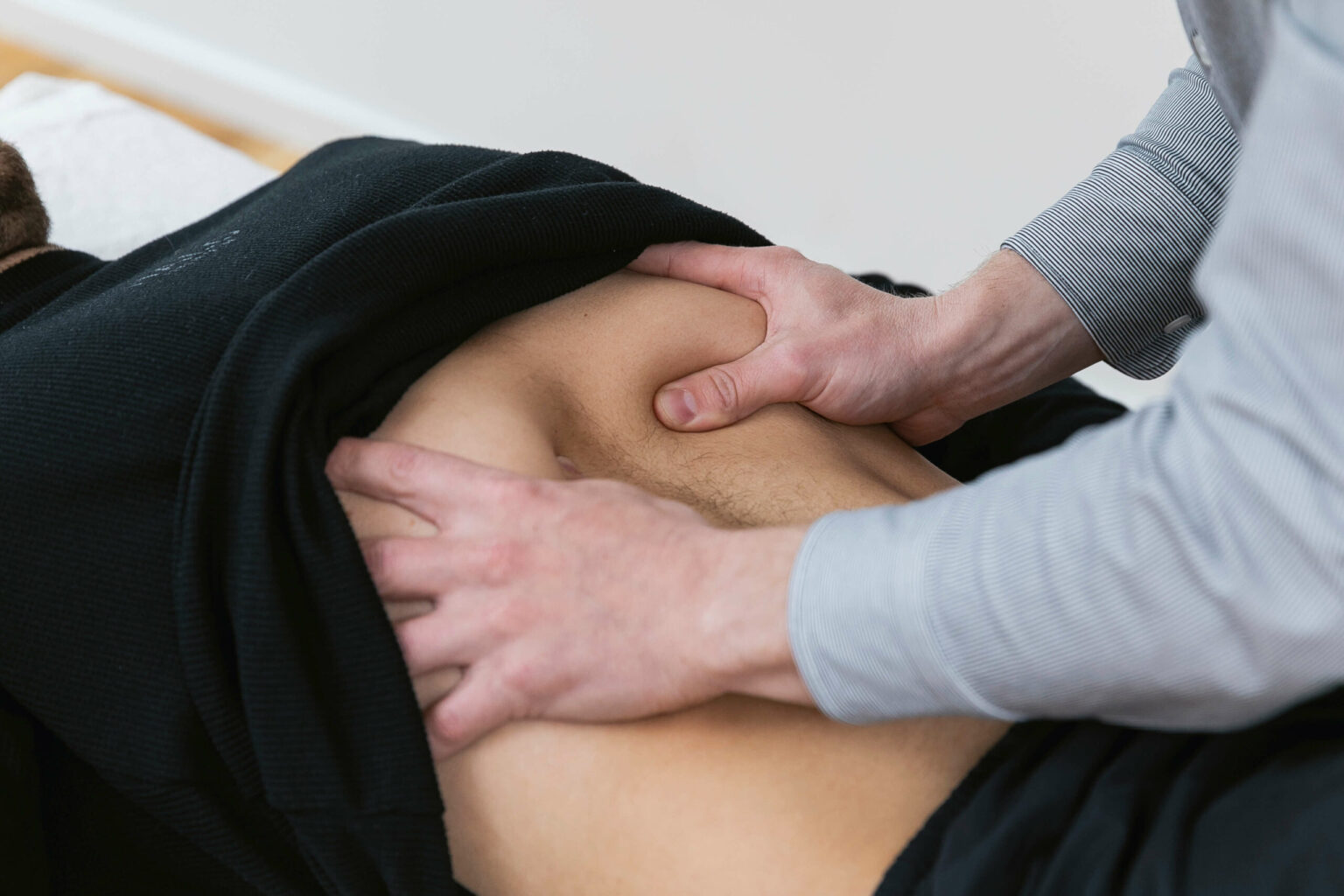
Back pain
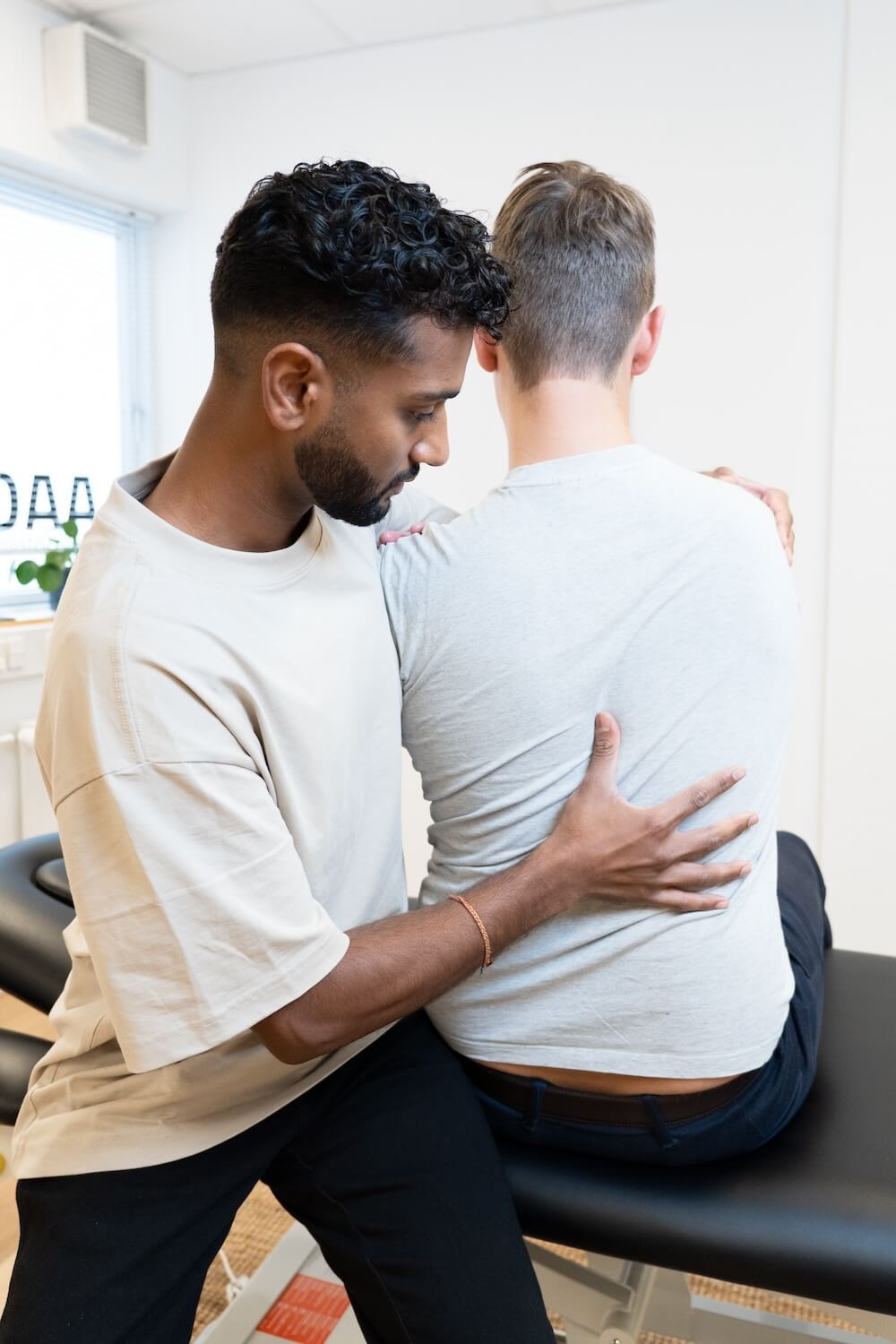
Facet joint syndrome
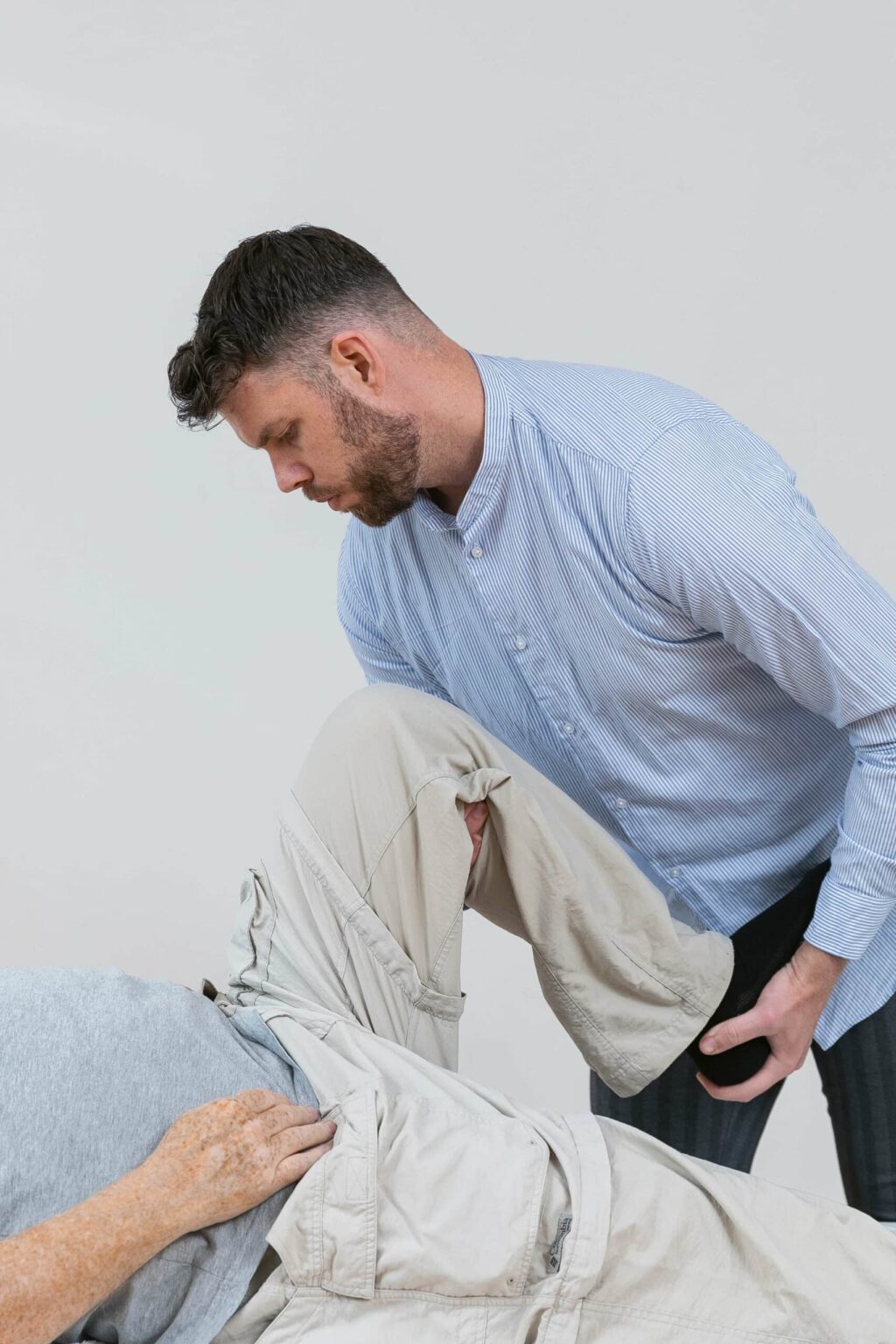
Jumper’s knee
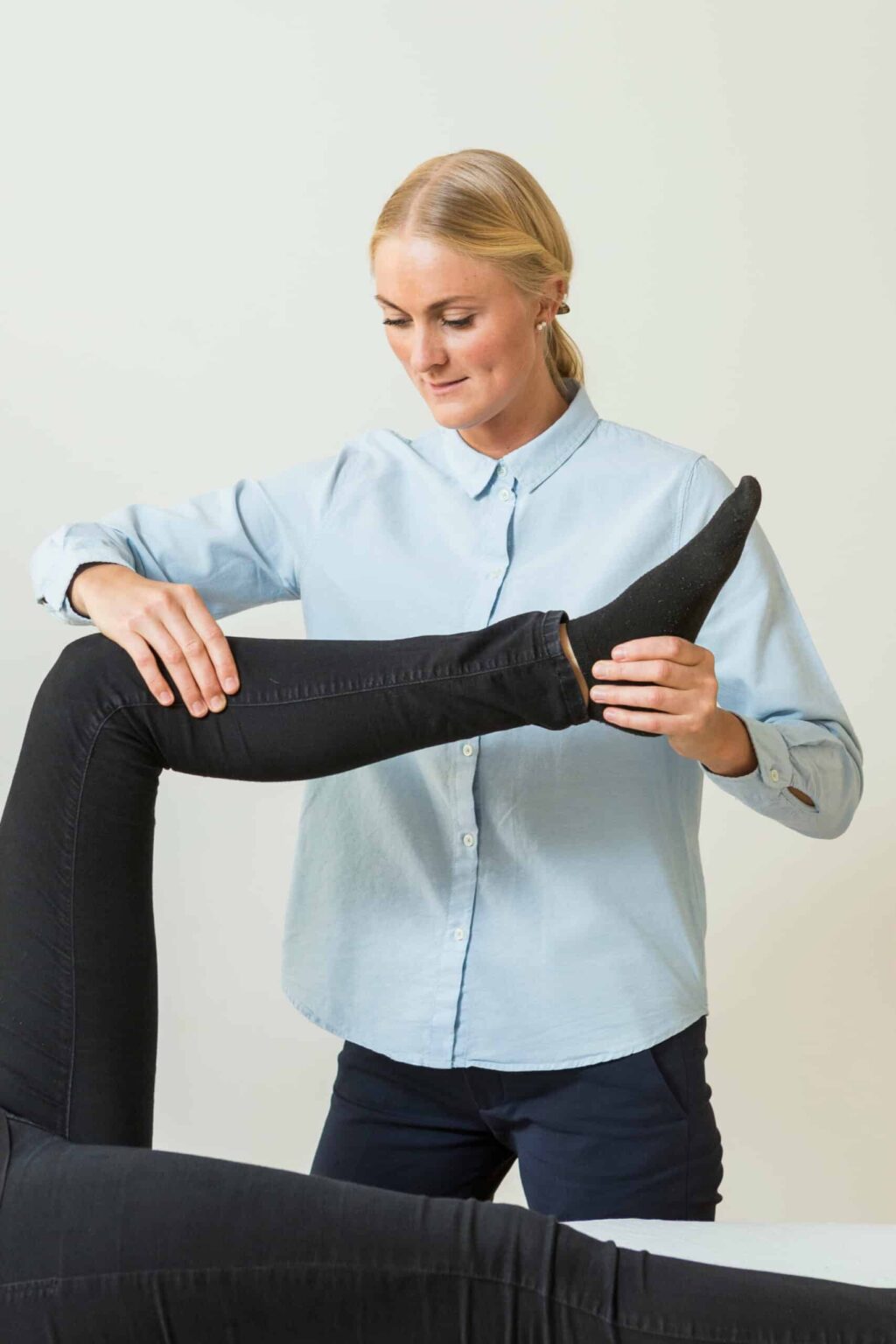
Heel spur
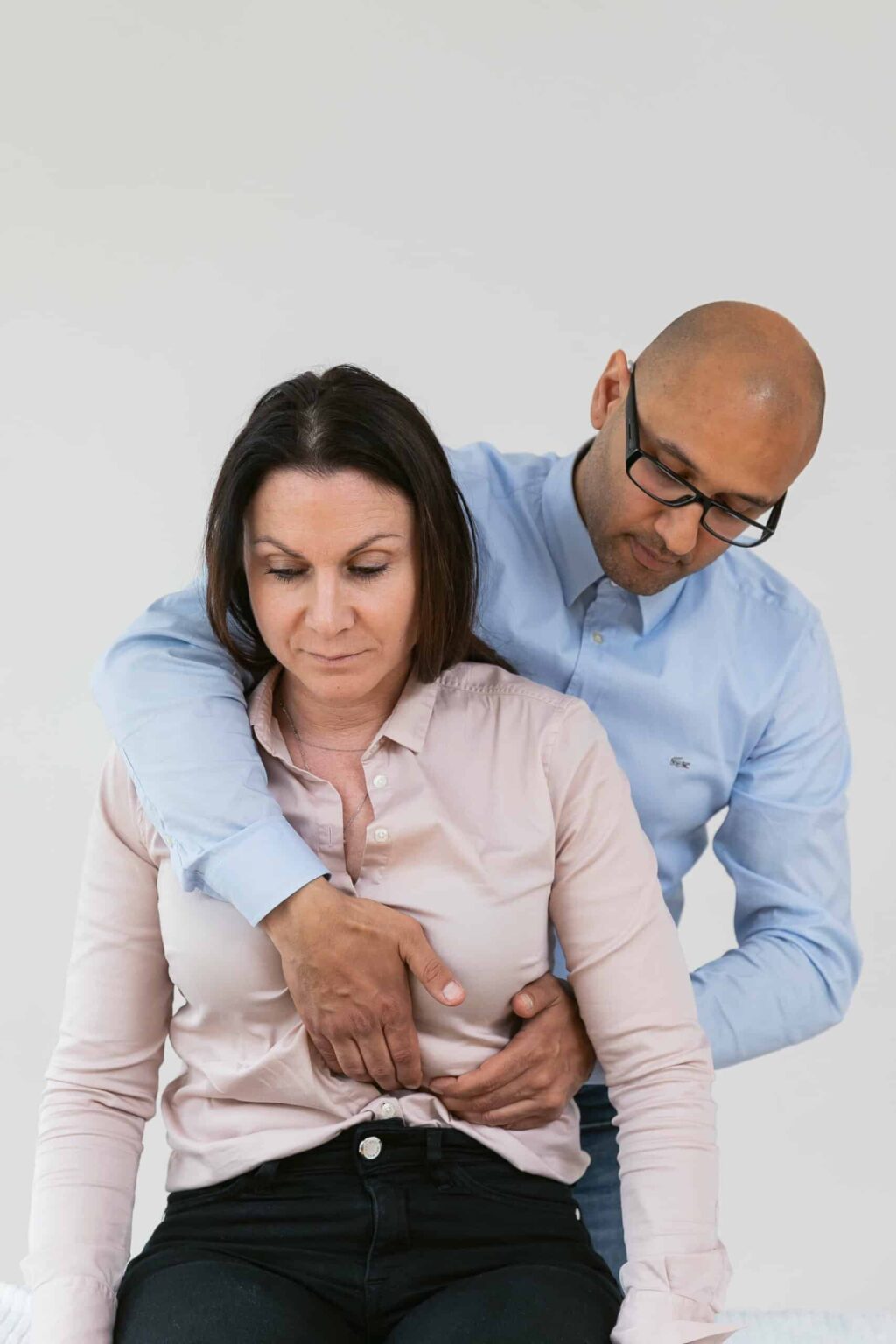
Kidney stone
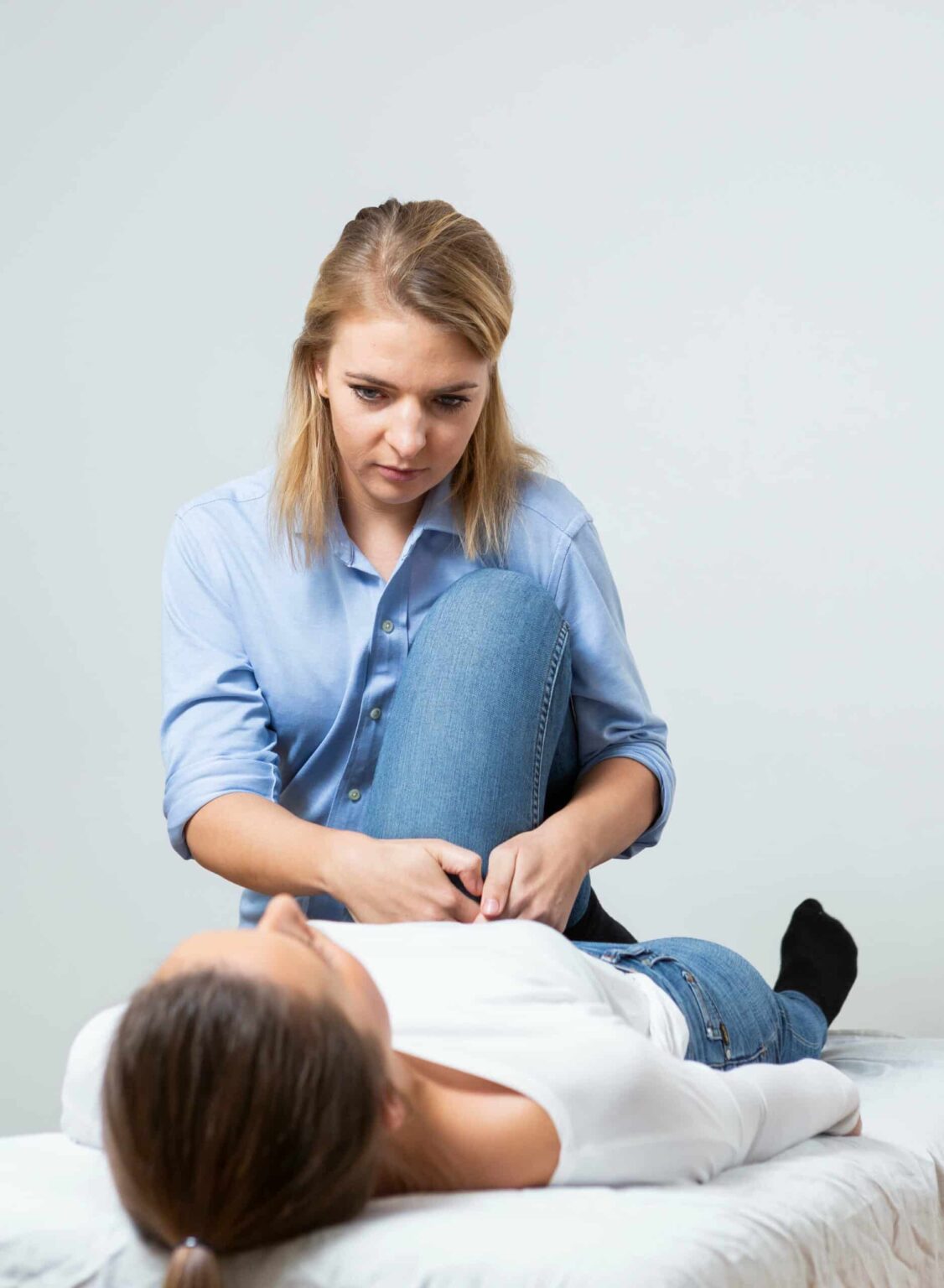
Endometriosis
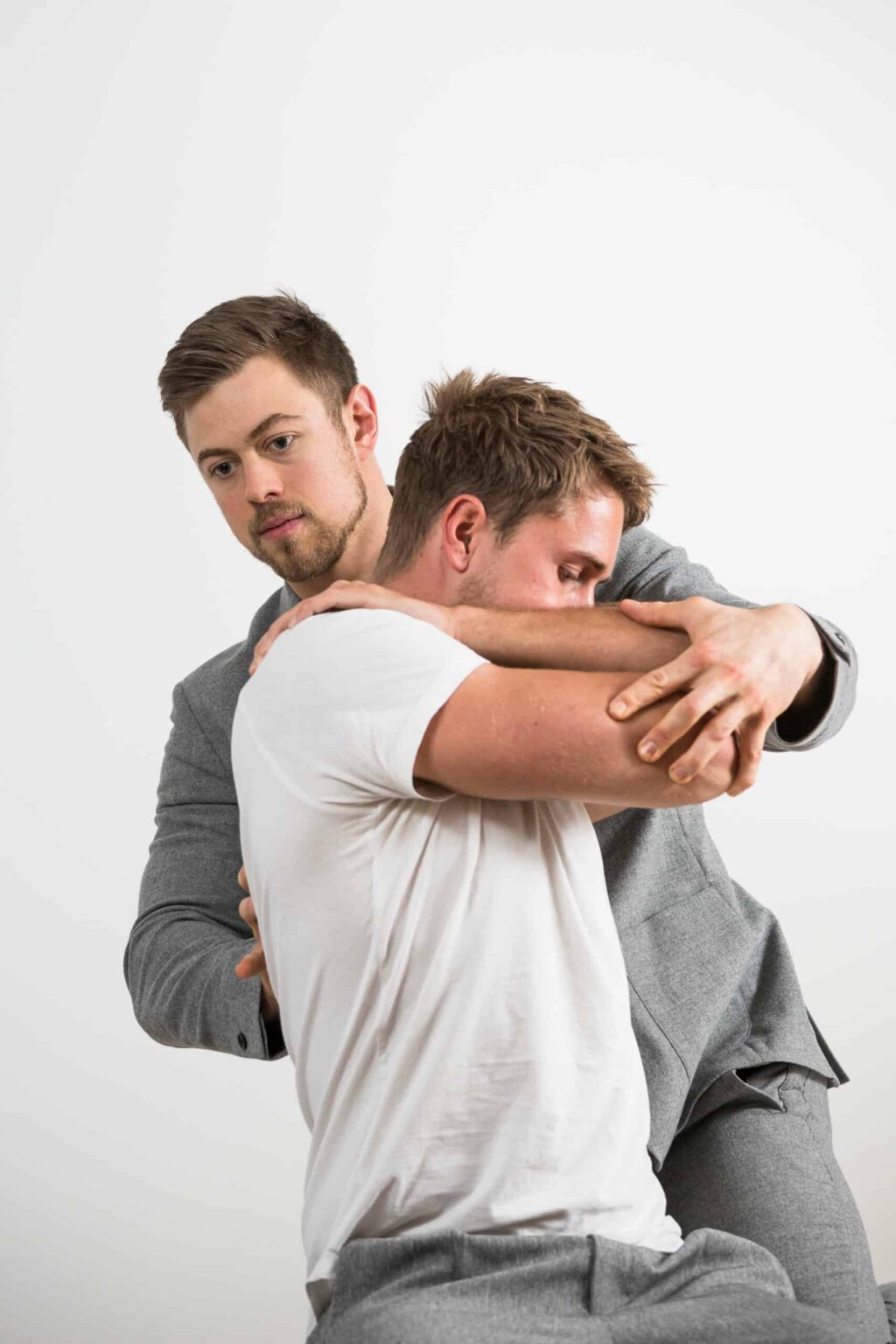
Muscle pain
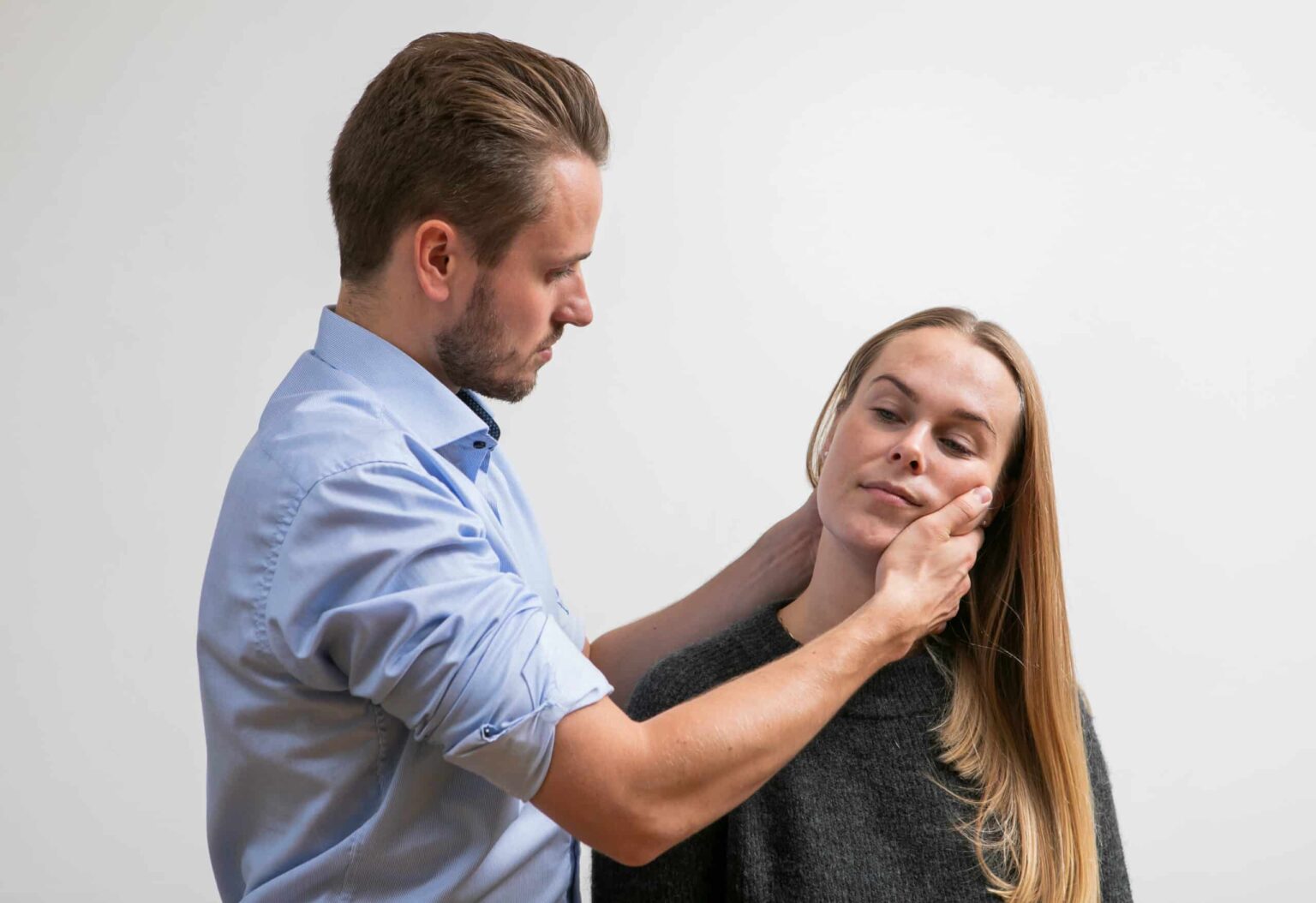
Migraines
Didn't see your specific issue listed?
What Does an Osteopath Do?
When visiting an osteopath, the session usually begins with a conversation about your general health, lifestyle and what has led you to seek osteopathic care. This helps the osteopath gain an overall understanding of the individual and their everyday demands.
Osteopaths use observation, touch and careful assessment to explore how different areas of the body move and respond. Based on this, a calm, hands-on approach is adapted to the individual, using gentle osteopathic techniques applied with consideration and respect.
Throughout the process, clear communication is encouraged, allowing the individual to understand what is being explored and how the osteopathic approach is shaped to them.
Osteopathy is intended as a supportive, complementary approach. If something arises that may require medical attention beyond the scope of osteopathy, individuals are encouraged to consult their GP or another appropriate healthcare professional.




